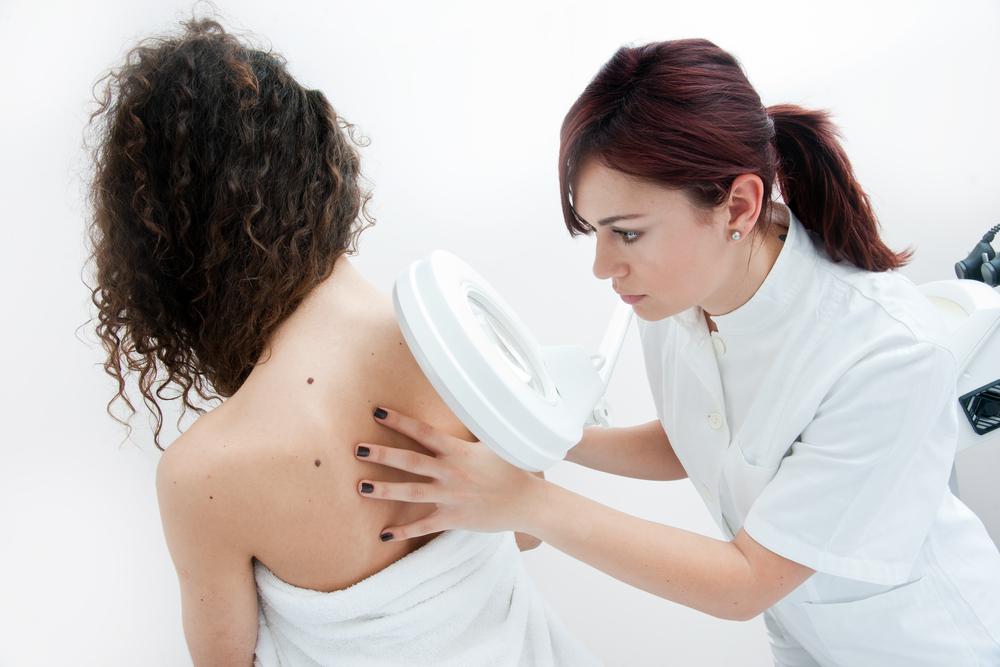Common Signs and Symptoms of Melanoma
The most common symptoms associated with melanoma to look out for are new moles or freckles, or ones that have changed in appearance. As you know your skin best, yours are the most reliable pair of eyes when it comes to noticing any changes. It’s important to be mindful of all moles and freckles on your body and how they change and develop over time including:
- Color: You may notice a change in the color of moles or freckles. Black or two-tone moles are especially concerning.
- Raised moles or freckles: Where otherwise you would see these as being normally flat.

If you notice any of these changes in your moles or freckles, then you should set up an appointment with a skin specialist as soon as you can. While melanoma accounts for less than 1% of all skin cancer cancers, it accounts for the majority of skin cancer deaths.
Melanoma Diagnosis
The best way to detect any sign of melanoma is to regularly check your skin, especially for any moles or freckles that have changed appearance. While it’s normal and common to have many moles or freckles, if they aren’t the same as what they used to be, then it’s important to have a skin doctor examine them.
A yearly skin check should be conducted by a trained professional who uses special machines, including mole scan imaging and high tech microscopes. If your doctor is concerned with any areas of skin, he or she will order a biopsy. When conducting a biopsy, a local anesthetic by way of a needle will be used to numb the area where the mole is. Your doctor will then remove a small slice of the mole or freckle and send it off to a laboratory for further investigation.
Research and technology are growing so rapidly in the area of skin cancer, that in the near future computerized detection could be used to diagnose skin cancer.

